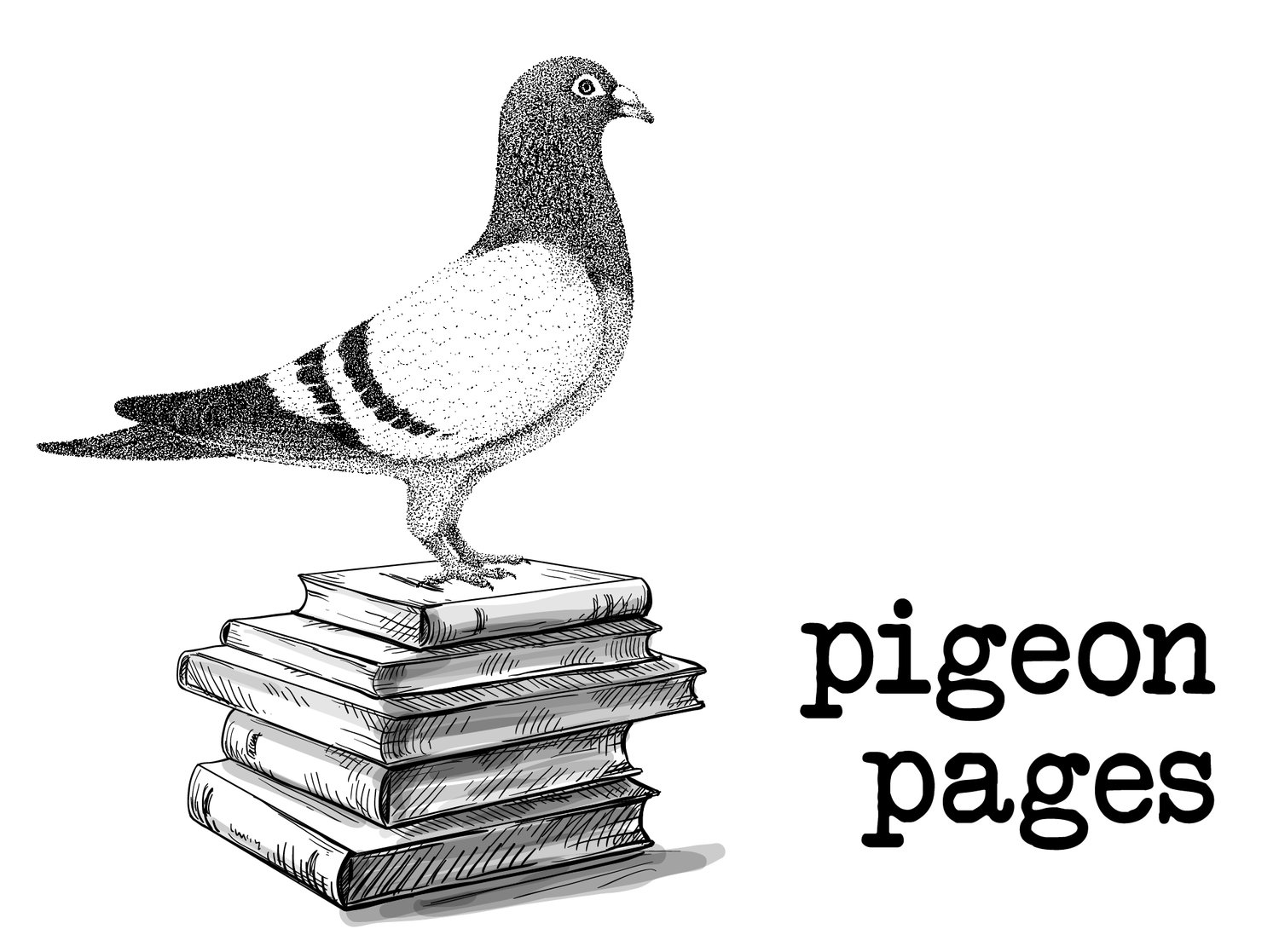Magdalena Paz, Cuidado! Las ideas son ladronas de suenios, 2019. Cuidado! Acrylic and charcoal on linen canvas,128x102 cm.
Gothic Anatomy
by Nick Soluri
I am somewhere between desire and love,
where the light between them almost hits,
reminding, anything in low light must eventually
arise from a form of disappointment, into beauty.
The way a tattoo is merely the suggestion of
a thing like belief, a thing like chance; instinct,
yet is still a marker of that same belief; instinct.
You traced my back in the dark—you thought I could
not notice your fingers on my skin, and therefore
could not encourage you to continue, the way
a herd of horses might only run if enough
of them begin to run—I thought of energy,
motion, the distance between here and anatomy.
Tracing, again, anatomy—studying it, using it,
questioning the difference between them.
The way one might say, in earnest, cutting
teeth, and mean something far less violent,
like learning, or practicing, or obeying.
When you asked me to kneel before you,
later, but not much later, of course, I knelt,
and, of course, you had not said a word.
Wouldn’t anyone kneel before what they fear,
or rather, what they fear disappointing?
The moths, already uninvited and therefore
unexcused, and us, too, gathered in the corner
of the room praying to a kind of God ... no,
it was not prayer. There was no God. We were far
from it. There was an ocean between our bodies
and divinity, or perhaps, ultimately, the same sea
with us watching from different shores, imagining
there was no sea at all. Only the wind, guided solely
by its own belief. The same here—you touch me—
you touch me, the room opens—the same here, too.
Published September 1, 2024
Nick Soluri is a poet and playwright from North Carolina. His work has appeared or is forthcoming in Shō Poetry Journal, Pidgeonholes, Albany Poets, Poetry South, Ghost City Review, and others. He's the author of the chapbook Cartilage (Bottlecap Press, 2022) and holds an MFA from Sarah Lawrence College. He tweets @nerkcelery.
Magdalena Paz was born in Santiago, Chile in 1990. She currently lives in Berlin, Germany. Her artistic process is heavily run by her obsession with organising and reorganising that came about from a constant displacement growing-up. On the other hand, it parallels her athletic practice in the form of endurance, and spontaneity as a result of preparation. The work itself picks repetitive thoughts, unanswered questions, and curiosities that come into the artists awareness again and again and it confines them in a physical space where they can move on to provoke awareness, or questions, in others. She considers painting, like sport, to be a highly physical and mental process—often demanding long uninterrupted hours of work.

